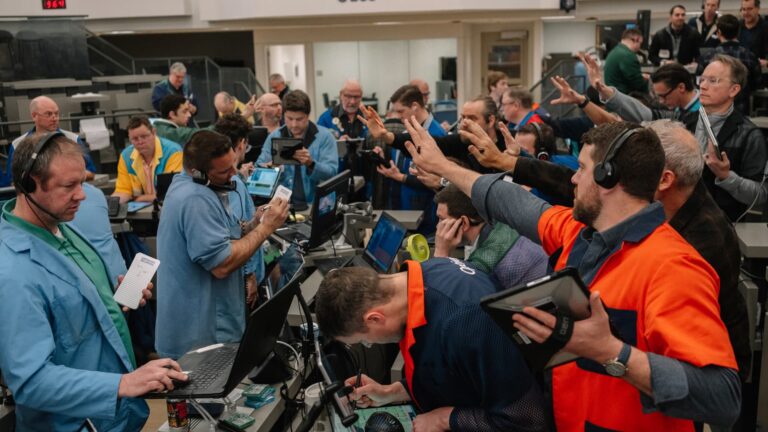The Resurgence of Active Management in ETFs
In a market that has long favored index funds, active management is making a noteworthy comeback. This trend is exemplified by recent developments in equity exchange-traded funds (ETFs), which have displayed unexpected activity this year.
Recent Trends in Equity ETFs
Just two weeks ago, there was significant trading action in equity ETFs. Although the overall market faced turbulence in 2025, it was surprising to see that the majority of net outflows came from index funds. Data from ETF Action revealed that there were $1 billion in total net outflows from equity ETFs, with $4 billion withdrawn from index funds, offset by $3 billion in inflows to active equity ETFs.
Transformation in the ETF Landscape
Experts suggest that this growing interest in actively managed ETFs is poised to change the ETF landscape for years to come. A record 288 new ETFs have launched this year, and by year-end, the total could surpass 1,000. Currently, there are over 2,000 active ETFs, nearly matching the number of index ETFs. While active ETFs represent around 10% of total ETF market assets, they’ve captured over one-third of inflows from investors this year.
Investment Strategies and Market Adaptation
According to Jon Maier, Chief ETF Strategist at JPMorgan Asset Management, “Actively managed ETFs are taking over the marketplace.” This shift underscores the flexibility and appeal of ETFs, which offer tax efficiency, all-day trading, and low expense ratios. Additionally, the SEC is expected to approve conditions allowing traditional mutual funds to transition into ETF versions, further enriching the active ETF landscape.
Identifying True Active Management
As active management gains traction, investors must differentiate between genuine active funds and those that merely mimic index performance. Mike Akins, founding partner of ETF Action, highlights the importance of evaluating a fund’s correlation to the market—measured by R-squared—as an indicator of its active nature. While some ETFs maintain a close resemblance to their benchmark indices, firms like JPMorgan and T. Rowe Price are increasingly employing thorough stock evaluations for their active strategies.
The Importance of Staying the Course
Investors must remain cautious amid market fluctuations. After experiencing sharp declines early in April, the market rebounded strongly, demonstrating the importance of a long-term perspective. Bob Pisani from CNBC advises against panic trading, emphasizing that maintaining an investment strategy during turbulent times often leads to better outcomes.
The Future of Active ETFs and Retail Trading
The rise of the retail investor is a significant factor driving the active ETF trend. With platforms like Robinhood reporting increased trading activity during market downturns, younger investors are increasingly engaging in more aggressive strategies, including leveraged ETFs. While this active trading carries inherent risks, it signifies a shift towards innovative investment approaches.
Looking Ahead: The Evolving ETF Landscape
Moving forward, active ETFs are likely to see gradual adoption within traditional asset classes. While index funds may continue to dominate with 80%-90% of market assets, the demand for innovative strategies—like synthetic income and buffered ETFs—will persist. As the market evolves, both investors and financial advisors will need to adapt to these emerging trends, ensuring a balanced portfolio that meets diverse investment goals.
Sign up for our weekly newsletter that goes beyond the livestream, offering a closer look at the trends and figures shaping the ETF market.
